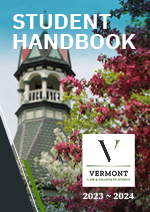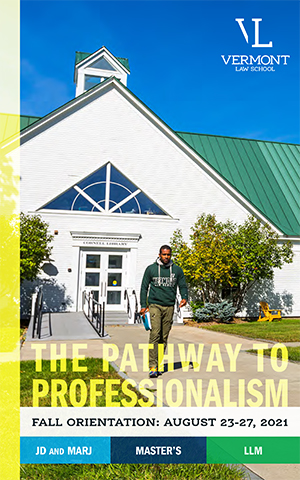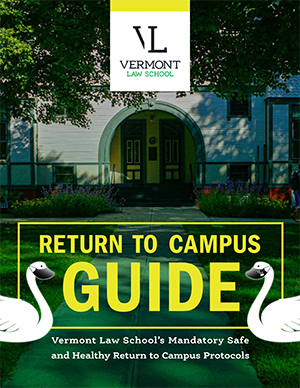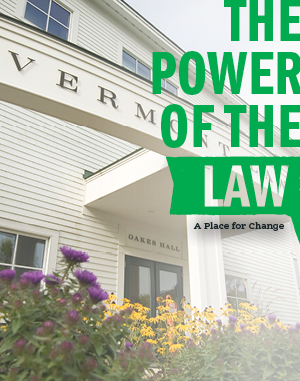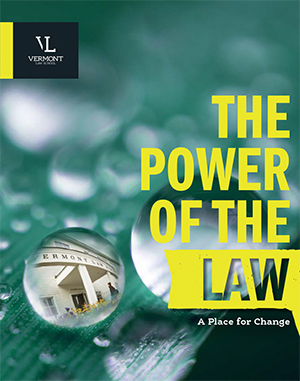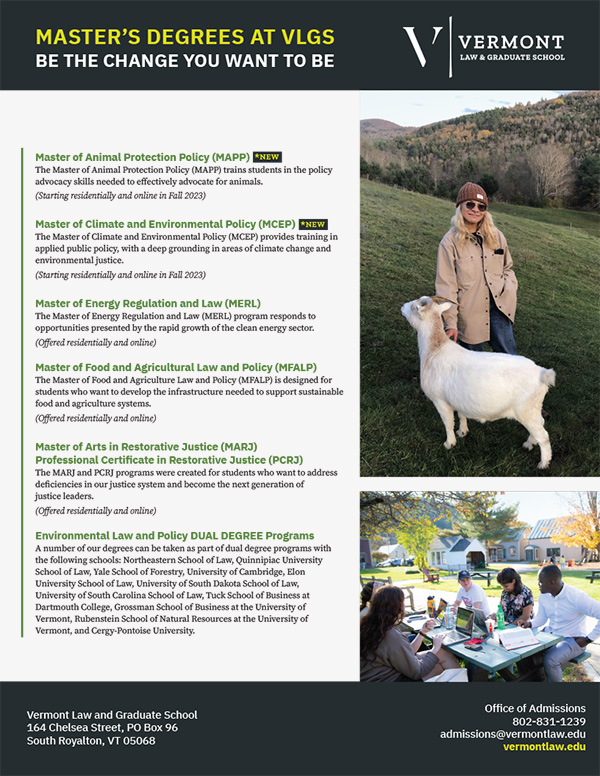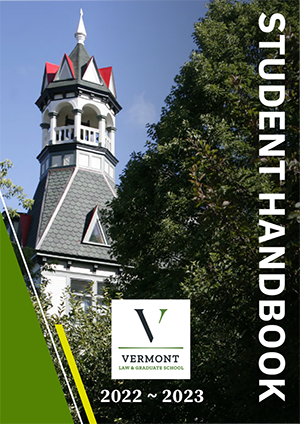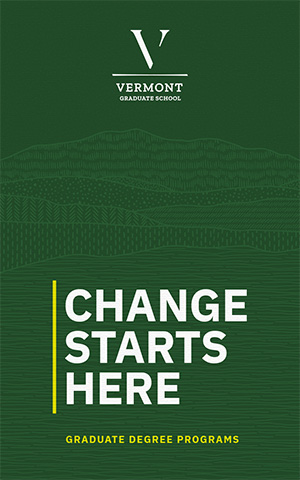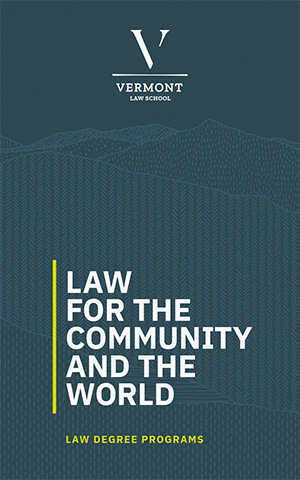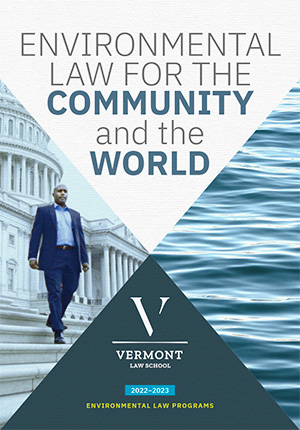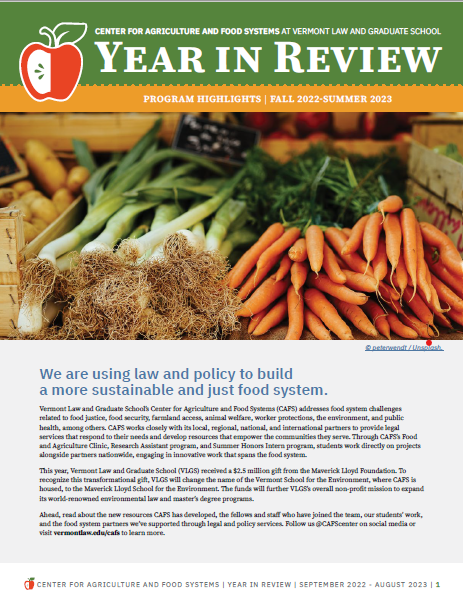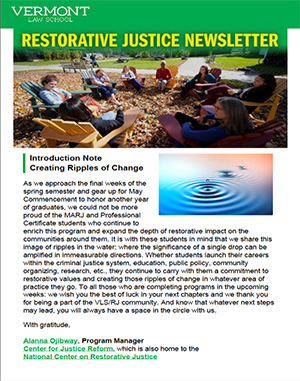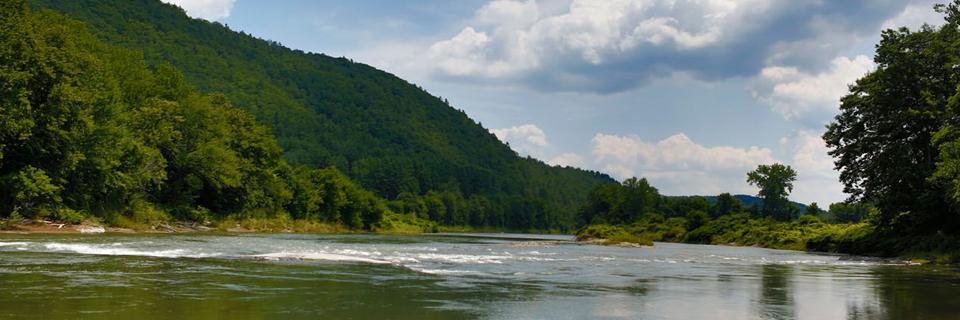For many years, the Clinic worked with the Connecticut River Watershed Council to reduce the impacts of Vermont Yankee's nuclear power plant on Connecticut River fish populations. Finally, in December 2014, Vermont Yankee stopped the bulk of its hot-water discharge when it shut down plant operations.
In 2006, the Clinic represented the Connecticut River Watershed Council, Trout Unlimited (Deerfield/Millers 349 Chapter), and the Citizens Awareness Network (Massachusetts Chapter) in an appeal of a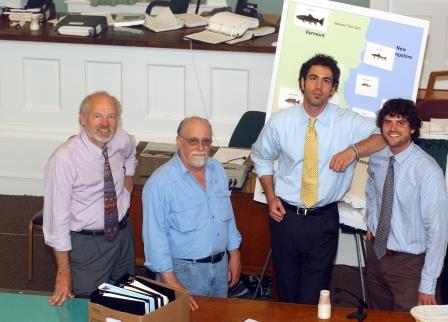 discharge permit granted by the Vermont Agency of Natural Resources to Entergy Nuclear Vermont Yankee, LLC. The permit amendment was the third in a series of permit amendments beginning in 1978 that ANR had granted allowing Vermont Yankee to bypass its cooling towers and discharge super-heated water to the River. We were concerned about the impact of this cumulative warming on aquatic populations, particularly Atlantic salmon and American shad. Of particular concern was the dramatic decline in the number of shad returning to the River above Vernon, Vermont, where the power plant was located. Despite an extensive trial before the Vermont Environmental Court in 2007 and a subsequent appeal to the Vermont Supreme Court, the permit was upheld.
discharge permit granted by the Vermont Agency of Natural Resources to Entergy Nuclear Vermont Yankee, LLC. The permit amendment was the third in a series of permit amendments beginning in 1978 that ANR had granted allowing Vermont Yankee to bypass its cooling towers and discharge super-heated water to the River. We were concerned about the impact of this cumulative warming on aquatic populations, particularly Atlantic salmon and American shad. Of particular concern was the dramatic decline in the number of shad returning to the River above Vernon, Vermont, where the power plant was located. Despite an extensive trial before the Vermont Environmental Court in 2007 and a subsequent appeal to the Vermont Supreme Court, the permit was upheld.
Determined not to give up, we filed a petition on behalf of CRWC in 2011 that asked ANR to act on Entergy's 5 1/2 year-old permit application - Entergy's "zombie" permit had expired in 2006. The petition urged ANR to take a fresh look at the available information, including additional data, and to issue a new permit with more stringent thermal limitations and more protective intake technology. We followed this up with several expert reports commissioned by CRWC. The reports reviewed critical elements of Vermont Yankee's pending permit - the hydrothermal model, the representative important species list, and the temperature compliance formula - and determined that none were sufficient to demonstrate that Entergy's discharge was not harmful to aquatic life (which, by law, Entergy had the burden to demonstrate).
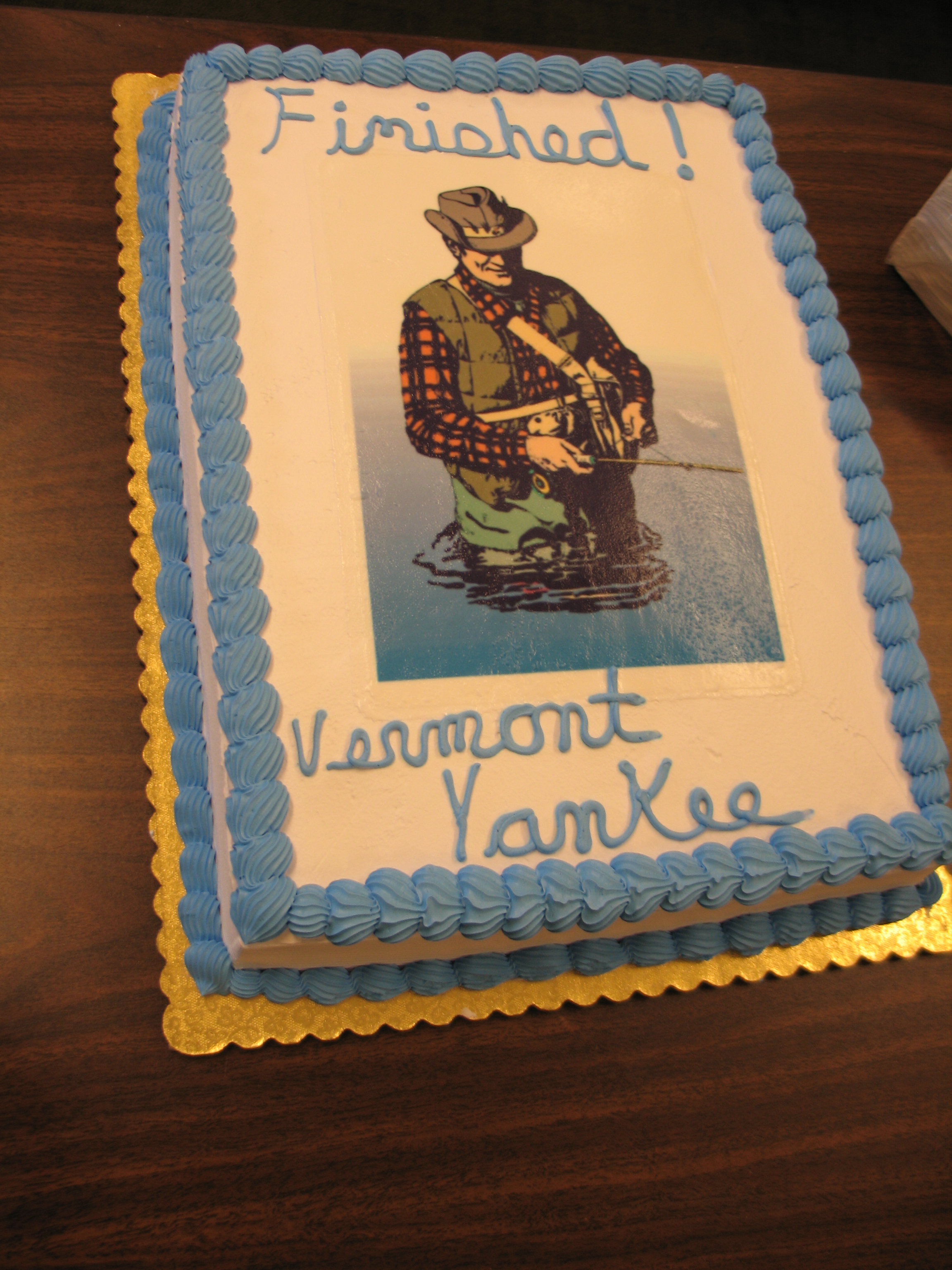 We continued to press the agency to issue a protective permit, and, when the draft permit finally came out in 2014, the Clinic filed extensive comments on behalf of CRWC and the Vermont Natural Resources Council. The permit was not perfect, but it took some steps in the right direction. It recognized that the old compliance formula was not an adequate measure of Vermont Yankee's influence on the River, established permit periods that more closely matched fish migratory patterns, and added ambient temperature caps for some seasons. The final permit was issued on October 13, 2014.
We continued to press the agency to issue a protective permit, and, when the draft permit finally came out in 2014, the Clinic filed extensive comments on behalf of CRWC and the Vermont Natural Resources Council. The permit was not perfect, but it took some steps in the right direction. It recognized that the old compliance formula was not an adequate measure of Vermont Yankee's influence on the River, established permit periods that more closely matched fish migratory patterns, and added ambient temperature caps for some seasons. The final permit was issued on October 13, 2014.
I want you to know how much the Connecticut River Watershed Council appreciates the Clinic working with us on the permit for the Vermont Yankee thermal discharge to the Connecticut River. The research and monitoring of the Vermont Agency of Natural Resources permit process by the Clinic has been invaluable to me as the River Steward for the upper reach of the river. I am a single staff person with little research capacity so the Clinic attorneys and the interns who have done so much of the legwork will make our involvement in the permitting process meaningful for the river.
Vermont State Representative David L. Deen
River Steward
Connecticut River Watershed Council
Selected Pleadings & Correspondence
CRWC Request for Findings, VT Environmental Court (October 2007)
CRWC Memorandum of Law, VT Environmental Court (October 2007)
CRWC Brief, VT Supreme Court (March 2009)
CRWC Comments in Water Quality Standards Process (December 2010)
CRWC February 2011 Petition to ANR
CRWC February 2012 Memo to ANR
HydroAnalysis Report (February 2012)
Midwest Biodiversity Institute Report (February 2012)
Midwest Biodiversity Institute Report Appendix (June 2012)
CRWC August 2012 Letter to ANR
HydroAnalyis Report II (August 2012)
CRWC November 2012 Letter to ANR
CRWC & VNRC Comments on Draft NPDES Permit (August 2014)

